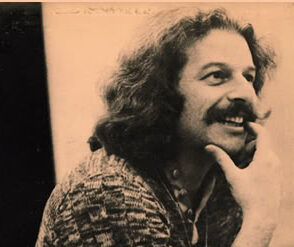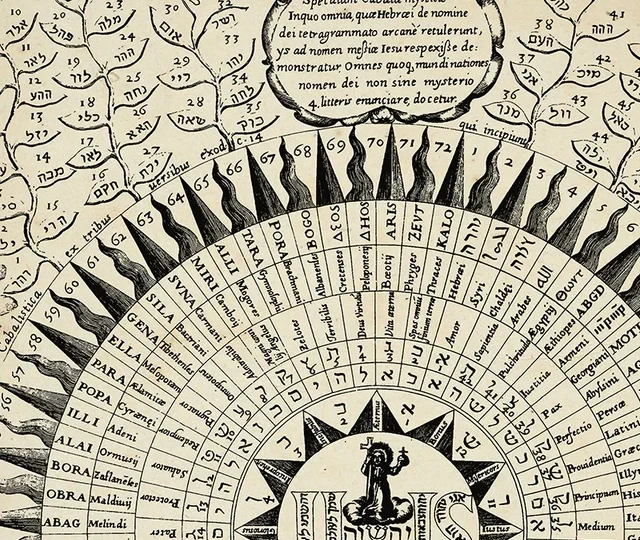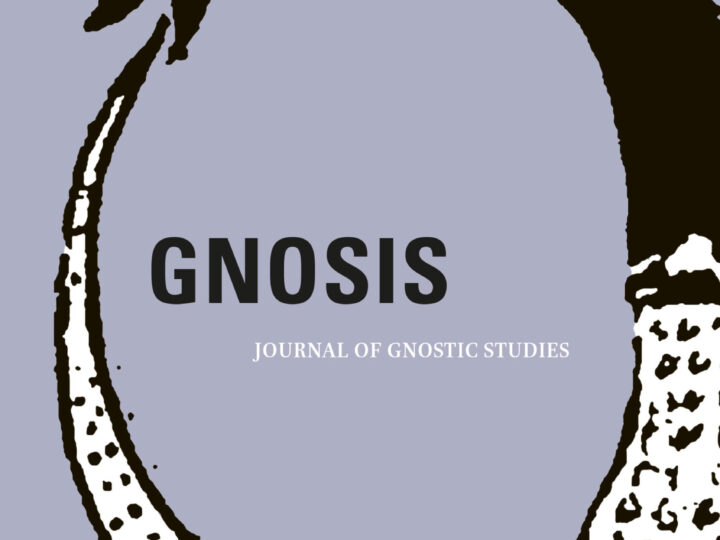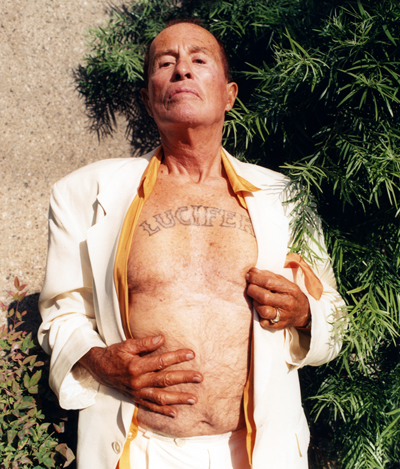
On koans and rotting dogs
A friend recently asked me if I though Alejandro Jodorowsky’s Holy Mountain was a “good” movie, and I had to answer that, in the case of this surreal mythopoetic masterwork, the usual good/bad categorization does not apply. The film is truly beyond category; or rather, it is “terribly good.” While the first half of the movie—which was definitively released on DVD within the last year—is perhaps the greatest sustained expression of visionary psychedelic filmmaking ever, I can understand why people also find the exploding frogs repulsive and the mystagoguery redolent with all the erratic indulgence and hierophantic pretension that mark the more wayward domains of Seventies spiritual counterculture. But even that’s as much a plus as a minus, especially if, like me, you believe that the peculiar genius of this era provided mystical and hedonic conundrums that are still worthy of study and exploration.
So it was with great excitement that I read the recent translation of Jodorowsky’s spiritual autobiography, entitled—hold onto your hats—The Spiritual Journey of Alejandro Jodorowsky. Like his films, it is a puzzling, wonderous, grotesque, and sometimes tedious book, but it does confirm the sense I get from his films that he is not fucking around with the mysteries. In the Sixties and Seventies, Jodorowsky was a serious practitioner of Zen, studying and meditating with a Japanese priest in Mexico City named Ejo Takata. Their koan combat is the most steady thread of this book, a male-buddy-cognitive conversation that forms a counterpoint with the other figures in the book, all of whom are women who offer Jodo various modes of initiation—artistic, sexual, magical, energetic. These women include the surrealist painter Leonora Carrington, who sounds as wacky brilliant as Dali, and a goat-killing silicone-implanted Mexican actress known as La Tigress.
The strongest aspect of the book are the tales themselves. Jodo is a great story-teller, and the details he provides about his fascinating life—a Chilean expat in Mexico, a renegade theatre director turned filmmaker, a celebrity in Mexico City’s hothouse creative environment—make me pray that someone chooses to translate his autobiography La Danza de la Realidad as well. His stories are rounded out with remarkable and sometimes hilariously bizarre details about random encounters with street urchins and strange synchronicities involving firing squads and singing vulvas. Late in the book, he visits a brujo, and the setting tells you all you need to know: “A black dog gnawed the remains of an iguana and a pig was snuggling its belly comfortably into a freshly dug hollow in a humid patch of ground.”
Given the consistently surreal details of these encounters and observations, one gets the sense that Jodo is creatively rewriting his life on the page, or at least that his memory and perception are of one piece with his cinematic style. I found the air of uncorked psychedelic fable both engaging and even illuminating, and the heroic quality of the narrative—which finds Jodo busting koans, communicating with the famous mushroom healer Maria Sabina in dreams, and having the most extraordinary tantric sex with a supposed daughter of Gurdjieff—is made accessible by his own palpable suffering, as he makes his way through a world whose glories and pleasures so often ring hollow, especially given his lack of self-esteem—a condition that should prove familiar to many western spiritual seekers.
The bad side of the book are the long and rambling mystic rants that so many of the characters indulge in. Donna Magdalena, who begins her healing of his energy body by greeting him naked and slowly peeling his clothes off, pronounces thusly:
When you dissolve the opposites that you have coagulated and, having been two, become one, then a star with shine in the dark night…This happiness in being alive nourishes the divine eye which has been watching you from the center of your ephemeral existence. If your joy is authentic, if you have burned away all hopes, if you cease to be a body carrying a mind or a mind carrying a body, if you are at once dense and transparent matter, you will be received in the heart of the goddess like a lost sheep who returns home.
While there are jewels scattered throughout these many passages, the endless mystic pronouncements are largely boring and unhelpfully contradictory. There is a drama to Jodo’s searching, but as with many freaks of the day, the terms and agendas are often confused. The real wisdom of the book comes through the action and perceptions rather than the esoteric homilies, and I wish he had elaborated the final chapter of the book, which shows how his Zen koan practice aided him at a number of crisis points in his life, when quick decisions needed to be made.
Jodorowsky is a vivid and engaging writer, his visionary bravura nicely balanced with self-irony. Its sad that, outside his graphic novel collaborations with Moebius, including the great Incal, neither his Tarot books nor his proper autobiography have come out in English. Because of this, the Spiritual Journey is a rare opportunity to become more intimate with the mad master of Holy Mountain and El Topo. The book glows with a bewitching carnal magic, a quality captured in a story that Ejo Takata tells about his Japanese father, who collected the fireflies he sold for a living by violently shaking them off of willow trees, and then scooping them quivering into his mouth, where they illuminated his puffy cheeks.





